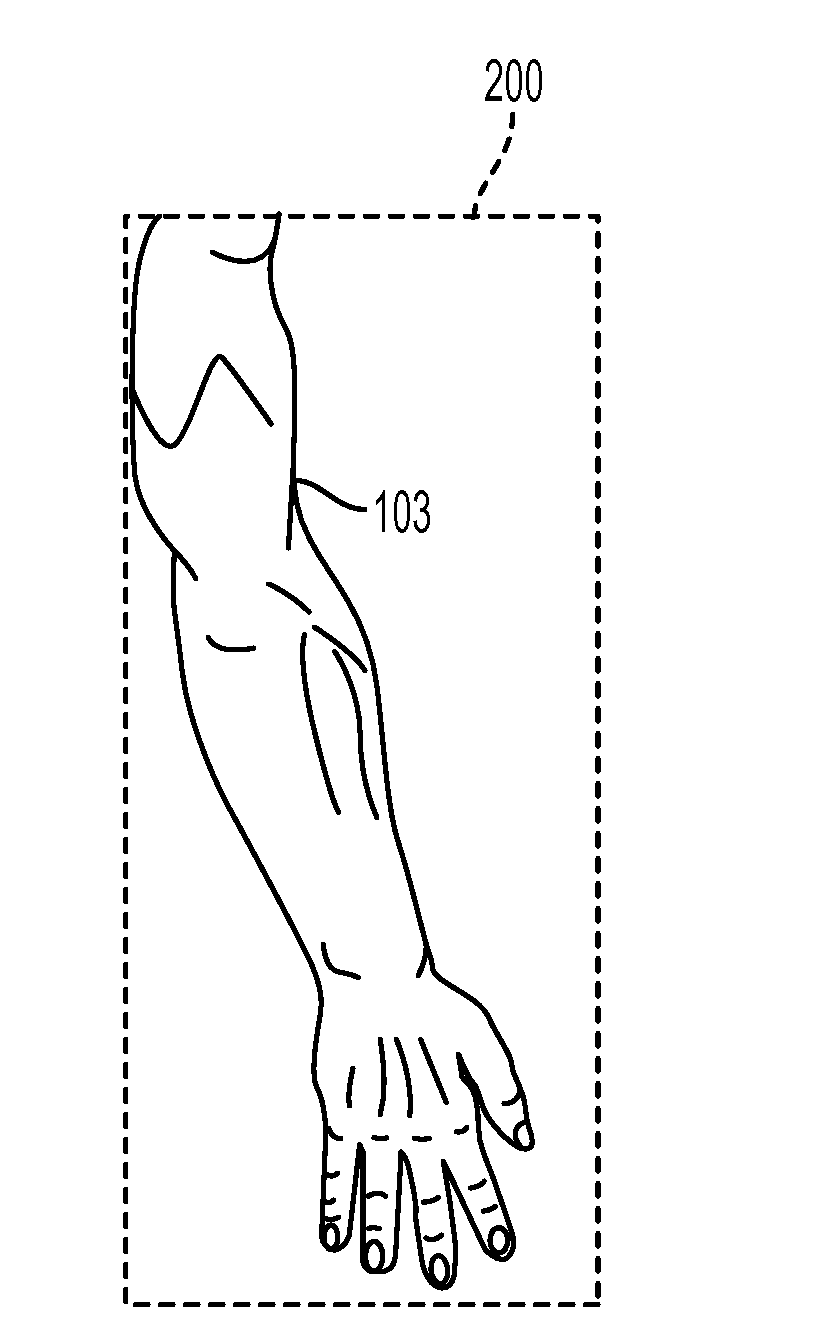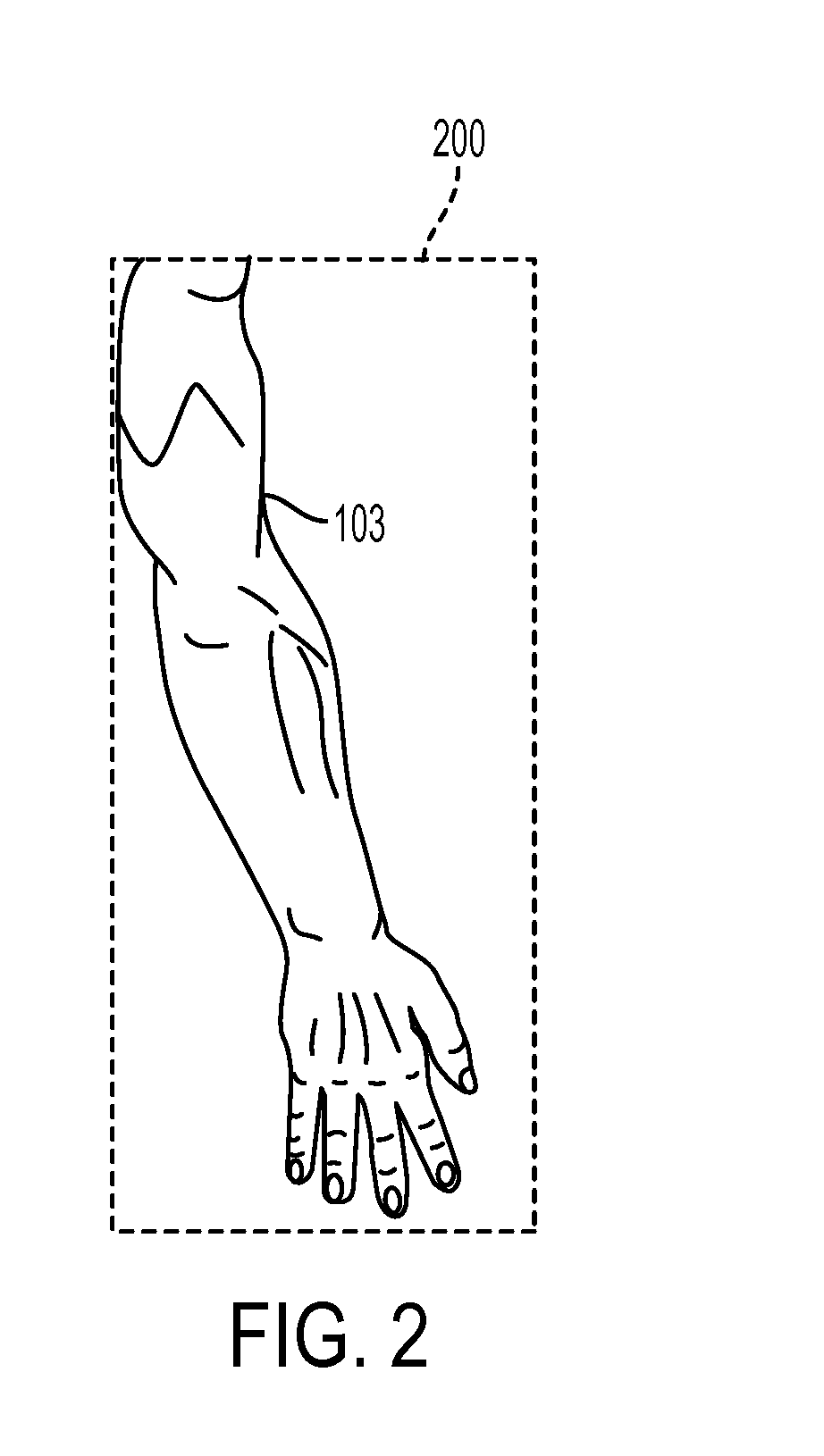Assessing peripheral vascular disease from a thermal image
a technology of peripheral vascular disease and thermal image, which is applied in the field of assessing peripheral vascular disease from thermal image, can solve the problems of poor circulation in the limb, which often gives rise to symptoms such as muscle cramping, pain or discomfort, and achieve the effect of facilitating the assessmen
- Summary
- Abstract
- Description
- Claims
- Application Information
AI Technical Summary
Benefits of technology
Problems solved by technology
Method used
Image
Examples
Embodiment Construction
[0017]What is disclosed is a system and method for assessing whether a subject of interest has peripheral vascular disease from a thermal image captured using a thermal imaging system and progression of the disease over time had the subject not received treatment.
NON-LIMITING DEFINITIONS
[0018]A “subject of interest” refers to a living subject having a physiological function. Although the term “person” or “patient” may be used throughout this text, it should be appreciated that the subject may be something other than a human. Such terms are not to be viewed as limiting the scope of the appended claims strictly to human beings.
[0019]“Peripheral Vascular Disease (PVD)”, also referred to as Peripheral Arterial Disease (PAD), Peripheral Artery Occlusive Disease, and Peripheral Obliterative Arteriopathy, is a disorder which arises from a partial or full obstruction of an artery which is not within the coronary, aortic arch vasculature, or brain. Peripheral arteries may be occluded by a th...
PUM
 Login to View More
Login to View More Abstract
Description
Claims
Application Information
 Login to View More
Login to View More - R&D
- Intellectual Property
- Life Sciences
- Materials
- Tech Scout
- Unparalleled Data Quality
- Higher Quality Content
- 60% Fewer Hallucinations
Browse by: Latest US Patents, China's latest patents, Technical Efficacy Thesaurus, Application Domain, Technology Topic, Popular Technical Reports.
© 2025 PatSnap. All rights reserved.Legal|Privacy policy|Modern Slavery Act Transparency Statement|Sitemap|About US| Contact US: help@patsnap.com



